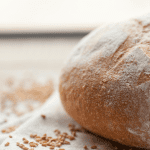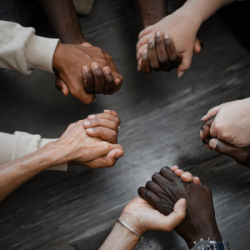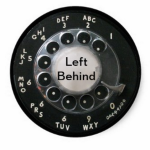
Our reading this week is from the gospel of John:
I am the living bread that came down from heaven. Whoever eats this bread will live forever. This bread is my flesh, which I will give for the life of the world.”
Welcome Readers! Please subscribe to Social Jesus Here.
Then the Jews began to argue sharply among themselves, “How can this man give us his flesh to eat?”
Jesus said to them, “Very truly I tell you, unless you eat the flesh of the Son of Man and drink his blood, you have no life in you. Whoever eats my flesh and drinks my blood has eternal life, and I will raise them up at the last day. For my flesh is real food and my blood is real drink. Whoever eats my flesh and drinks my blood remains in me, and I in them. Just as the living Father sent me and I live because of the Father, so the one who feeds on me will live because of me. This is the bread that came down from heaven. Your ancestors ate manna and died, but whoever feeds on this bread will live forever.” (John 6:51-58)
Our reading this week is the Johannine’s community’s nod to the Eucharist. In John’s gospel, Jesus’ last supper (John 13) is quite unique from Mark’s, Matthew’s and Luke’s descriptions.
There is no blessing of a cup. There is no breaking of bread. There is only a story of Jesus washing the disciples’ feet. This foot washing does not appear any of the other gospels’ accounts of the last supper, and only in our reading this week in John is Jesus’ body and blood something to be consumed.
I appreciate the work of Jesus scholars who point out the evolution that the Eucharist went through in the early Jesus movement. One example is John Dominic Crossan’s book, The Historical Jesus The Life of a Mediterranean Jewish Peasant. In this book, Crossan puts forward five possible evolutionary stages the Eucharist went through in the early Jesus moment.
In the Greco-Roman culture of Jesus’ time, “bread and wine” was short-hand, a colloquial term for a formal meal. And when formal meals were eaten as a group, they conveyed meaning and a social structure, showing the group boundaries for who was part of the group and who wasn’t, and defining identity, mutuality, and relationships within the group.
The second stage is the way Jesus practiced table fellowship. The Jesus of the synoptics practiced open, radical, social egalitarianism in his table fellowship. This practice by Jesus is where the early Jesus movement derived its approach to shared meals. We see an early form of these shared meals by the Jesus community in the Didache. This unique form is where we’ll begin, next.
(Read Part 2)
Are you receiving all of RHM’s free resources each week?
Begin each day being inspired toward love, compassion, justice and action. Free.
Sign up at:
https://renewedheartministries.com/Contact-forms/?form=EmailSignUp















